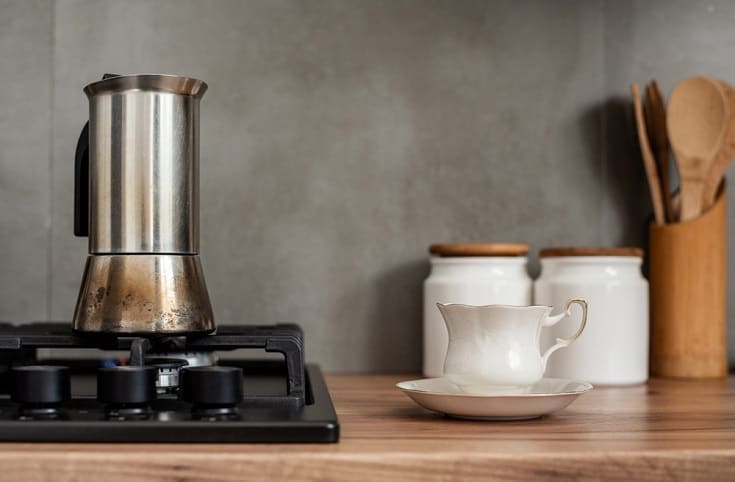
The way we drink and buy coffee is completely different compared to as little as a decade ago, let alone how different it once was throughout history. What was once a simple breakfast stable has grown into an enormous world of specialty shops and gourmet coffee drinks. Nowadays, it’s rarely acceptable to offer cheap coffee, replacing it with high-quality, artisanal coffee.
Thanks to third-wave coffee shops, millions are ditching cheap, low-quality coffee for single-origin beans. The days of bitter, grainy coffee are gone and replaced with coffee grown at elevation, setting the standards higher than ever before. Let’s take a look at third-wave coffee and how it helped shape the coffee industry as we know it today.

About Third Wave Coffee
Third-wave coffee may sound like a ‘hipster barista’ term, but it refers to a specific period: 2000s until now. The term ‘third wave coffee’ comes from two possible sources: a Norwegian reporter who used the term in 2003 and an article that also used it in an article right before the year 2000. It’s a term that describes any coffee shop opened after 2000 that sells expensive yet high-quality, specialty-grown coffee, in stark comparison to cheap, average coffee. In other words, we are still in the ‘third wave’ explosion of specialty coffee shops.
With the massive rise in artisan-grown coffee, terms like ‘single-origin’ and ‘strictly high grown’ became the new norm. Single-origin coffee simply means that the beans in the bag are from one place of origin, which simply wasn’t the case decades ago. Although a tradition going back centuries in many countries in South America, strictly high grown coffee is also still a new concept for consumers. Simply put, coffee nowadays has a lot of standards to uphold.

What about the First and Second Waves?
As the name may imply, third-wave coffee isn’t the first “coffee wave” to hit the market. The evolution of the coffee market is almost unbelievable, even when talking about coffee makers and brewing methods. Regardless, it’s crucial to understand each progression of coffee shops and coffee quality in order to fully grasp the standards that third-wave coffee has set.
First Wave Coffee
First wave coffee refers to the pre-1960s when the main focus of coffee was low costs, convenience, and availability. Instant coffee was popular around this time as well, which called for even lower quality coffee than regular. With such a wide pool of coffee importation to choose from, things like single-origin coffee would be way too expensive. However, it’s crucial to point out that coffee was still incredibly popular at this time, especially after World War 2 and the boom of the economy in the US.

Second Wave Coffee
Second wave coffee is the time period between the late 1960s until the year 2000 when a soon-to-be-famous company changed the idea of coffee quality and selection. Peet’s coffee, the brother company to Starbucks, started the specialty coffee movement and started paying more attention to where their coffee came from. Eventually, more coffee businesses became more interested in specialty coffee, though not to the extent of third-wave coffee.

Conclusion
Third Wave coffee is a nickname for today’s coffee shops and going back until the 2000s, marking a time that raised the bar for quality in coffee. Coffee shops opened up, serving high-quality coffee instead of average, low-cost beans. Coffee has come a long way since the first and second waves, proving that some things age better with time. While third-wave coffee seems to have hit the ceiling of the coffee industry, a new wave could crash right in and prove us wrong. Until then, drop by your local artisan coffee shop to experience the flavor of third-wave coffee.
Featured Image Credit: StockSnap, Pixabay















